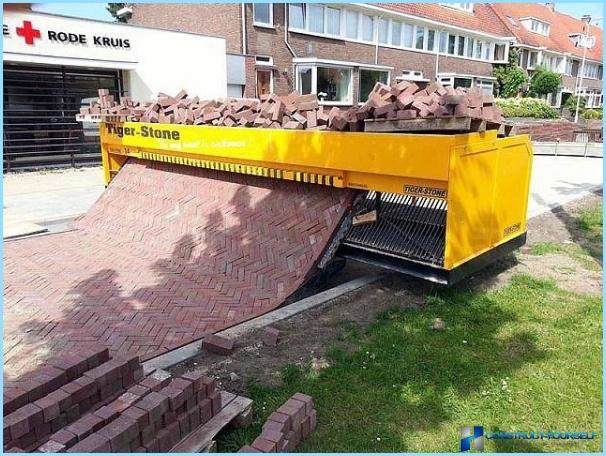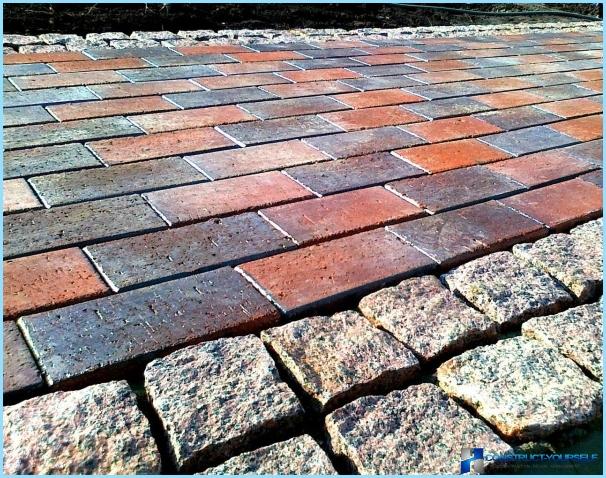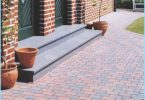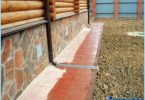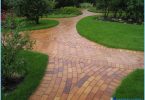That such paving slabs, today, knows, probably, everyone. Rare infield without paths, paved with stone blocks or tiles.
But often, choosing a manufacturer, you may encounter certain difficulties:
- Low quality.
- The narrow range of the product.
- Definitely overpriced.
In order to avoid these problems, many are trying to do the paving at home, fortunately, in the Internet there are many sites that give detailed instructions on this issue.
Not to dwell on the process of manufacturing tiles, you can just watch the video master class
But starting your own mini production, new challenges:
- The tile does not go out of shape.
- Crumbles upon the slightest impact.
- Has unsightly rough appearance.
- The Baptist unevenly distributed on the surface.
- Tile begins to crumble after a few months after laying.
It listed only some of the difficulties you may encounter in the process of its own production.
So what’s the deal here? Why one tile is excellent, and the other obvious marriage? And it’s not that there is no experience in the manufacture, many large factories the same problem.
The answer is simple – not met a recipe of the concrete mix for paving slabs.
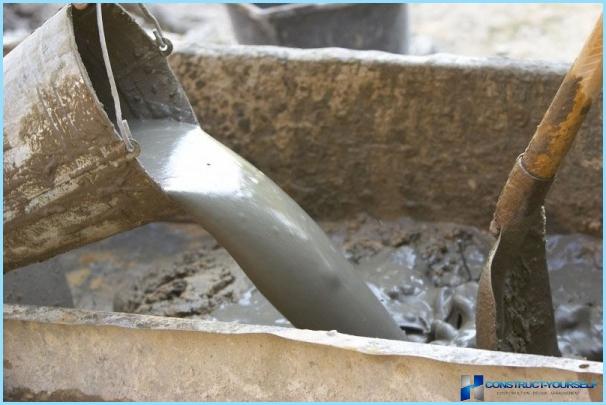
There are some of the most popular misconceptions, which subsequently affects the quality:
- If the mixture is to add more cement than expected, the solution becomes stronger.
- You can save a little on the cement, replacing part of the sand.
- Why spend money on expensive dyes, when there are cheaper alternatives.
- You can not use the hardener, and give the tile to dry naturally.
- Cement M500 expensive, it can be replaced by cheaper M300.
All of these factors are direct violations of the formulation of the mixture, and do not need to be surprised later competitive quality of the finished product.
The composition of the concrete mix ↑
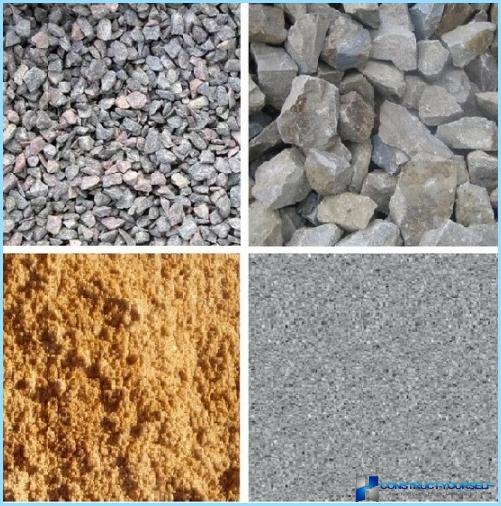
Any concrete mix has four main components:
- Astringent element. Cement or slatement. The main component that determines the future strength of the mixture.
- Filler. Most often it is the sand fines of up to 2 mm. Ideal is to use river sand as it has more calcium components that affect the strength and durability of concrete.
- Water.
- Sealer.
Also the additives, sealers and additives, with which you can adjust the strength and frost resistance.
Seals concrete mix ↑
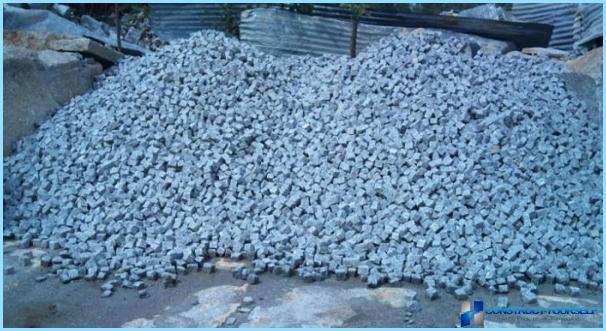
Seal in the mixture for paving plays the role of a reinforcing element. Thanks to him, the finished product becomes much stronger and more resistant to natural influences and abrasion.
As a sealer, often use crushed granite or gravel screenings. Indicators density is almost the same, but granite is still preferable, as it has a more geometrically-sloping shape, thereby increasing the density of the product. In turn, the gravel extracted from the bottom of reservoirs, has a rounded shape, and, consequently, a smaller area of connection with the astringent element.
For the preparation of composition of paving slabs in the home, the ideal is the gravel fraction 20-40 mm, or less. And if you are using gravel, then a so-called dropout, or the smallest fraction, in this case, must sift through a large sieve to remove small impurities and debris.
Additives ↑
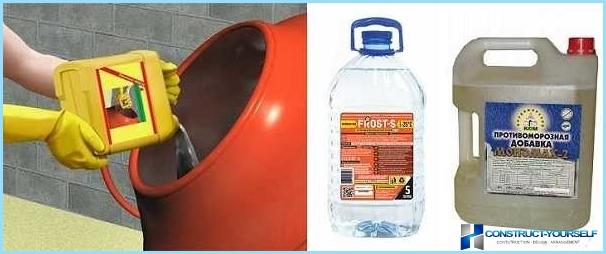
As additives mortar paving tiles, used three ingredients:
- The plasticizer improves the technical specifications.
- The hardener ingredient contributing to the acceleration of concrete hardening.
- The coloring pigment.
Often, manufacturers ignore these supplements, thereby reducing the final cost of the tiles, but actually, this significantly reduces the technical characteristics and reduces the lifetime.
Plasticizer ↑
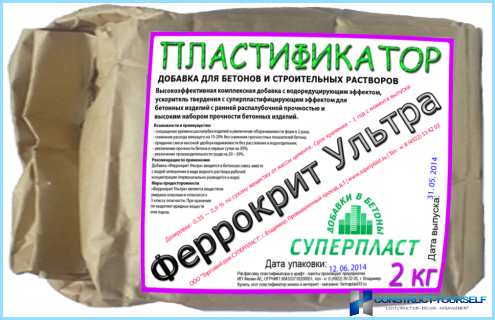
This is a special polymer, which is added to concrete mixtures to improve its quality. It makes the mixture more plastic and expels air bubbles that accumulate inside the mixture.
In addition, the plasticizer affects the quality of ready mixed concrete:
- Prevents the formation of cracks on the tile.
- Do not allow moisture to penetrate inside the product.
- Neutralizes the salt and prevents the appearance of efflorescence on the surface.
- Makes the surface more smooth and glossy.
Earlier, the plasticizer was replaced dissolved in water soap, but today it is easier to buy ready ingredient in any hardware store.
Hardener ↑
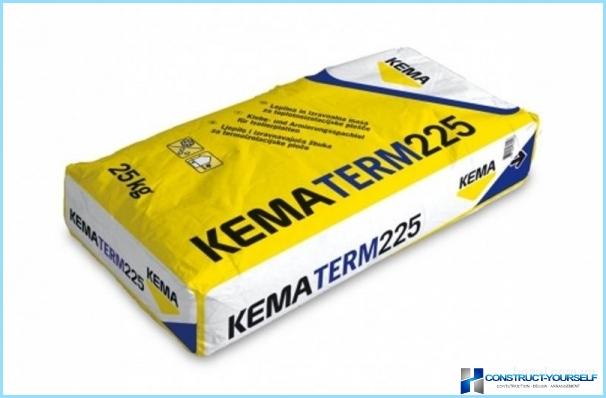
It is considered that sahverdili for concrete use only in the winter, but it’s not. The use of reagents that accelerate the solidification of concrete, relevant and warm time of the year. Because of them, the tile hardens much faster, which prevents its destruction in the process of natural drying.
In addition, the use of these additives can significantly speed up the production process.
The pigment ↑
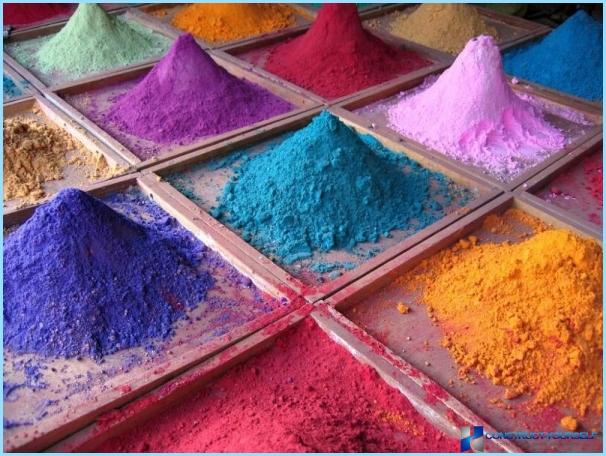
Basically it is a dry powder that is added to the solution, they are completely neutral to the other components of the mixture and not affect the quality, but their number will depend on the intensity of the color, so before you add, you need to familiarize yourself with the manufacturer’s recommendations.
Preparation of the solution ↑
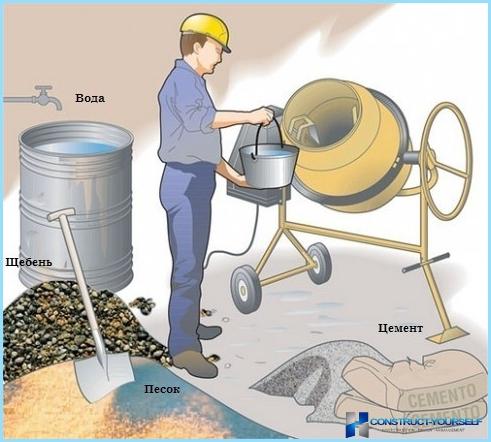
The proportions of mortar for paving – an important caveat, to which you must pay close attention. Basically, the unit of measure for ready mix concrete are the shovels or buckets, but for the tiles, which should meet the special requirements of strength, it is better to use scales.
A solution for tile ↑

The dry ingredients for the production of paving tiles should be in the following proportions:
- Cement – 1 unit.
- Sand – 2 units.
- Gravel – 2 units.
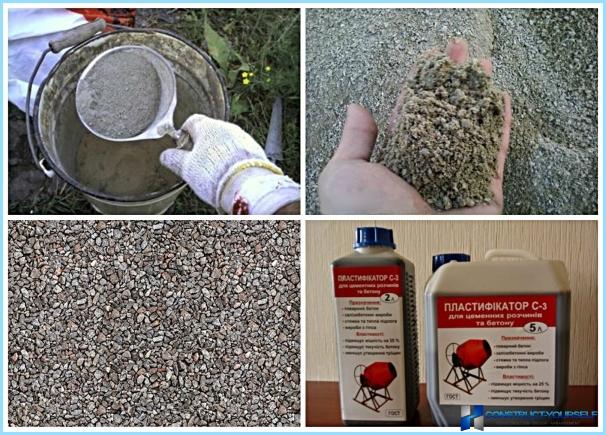
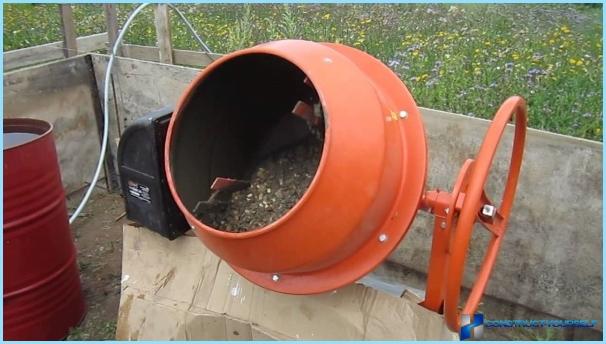
Additional ingredients and additives added in accordance with manufacturer recommendations printed on the package.
It is important to follow the correct sequence of preparation of the mixture:
- A running concrete mixer filled with 20 liters of water. This amount is sufficient to dissolve the additives.
- Water is added to the plasticizer. Ratio – 0.7 percent by weight of cement.
- Added dye. The ratio – of 2-5 percent by weight of cement, depending on the required color saturation.
- The resulting mixture is stirred for about 10 minutes, then added the gravel.
- After a few minutes in the mixer is added to the sand.
- When the mass has become homogeneous, filled with cement.
- As needed water is added. Mixing occurs until until the mixture will reach the desired consistency.
- The last step is to add a thickener. A few minutes mixing and you can proceed to fill in the forms.
Mortar for laying ↑
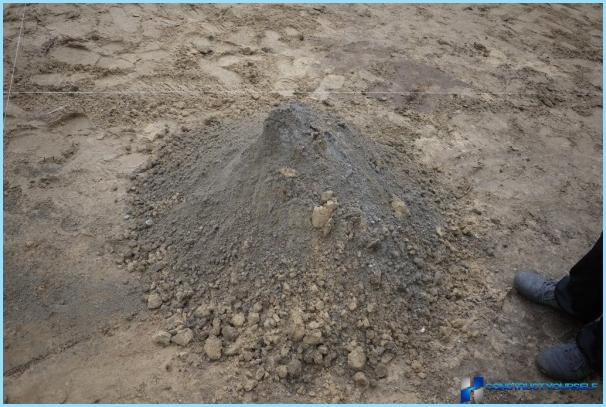
Mixture, on which is placed the tiles, called gartsovka. The composition of gartovka for paving is much easier than the mixture for the manufacture. It has only two ingredients:
- Sand
- Cement
Their ratio depends on the brand used in the cement composition:
- M500 – to one unit of cement, 5 units of sand.
- M400 – 1 cement, 4 sand.
- M300 – 1 cement, 3 sand.
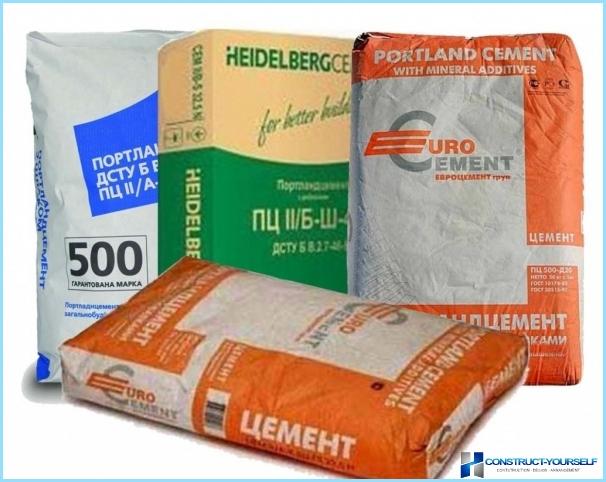
As you can see, the savings on lower stamps are not obtained, than this value is lower, the more consumption, so the most common variant is the cement M500.
Gartsovka is prepared in the form of a dry mixture which is poured in place installation. The tile is tightly placed on it, and after the surface is just water. The liquid penetrates through the joints of the tiles, and gartsovka, reacts, freezes.
